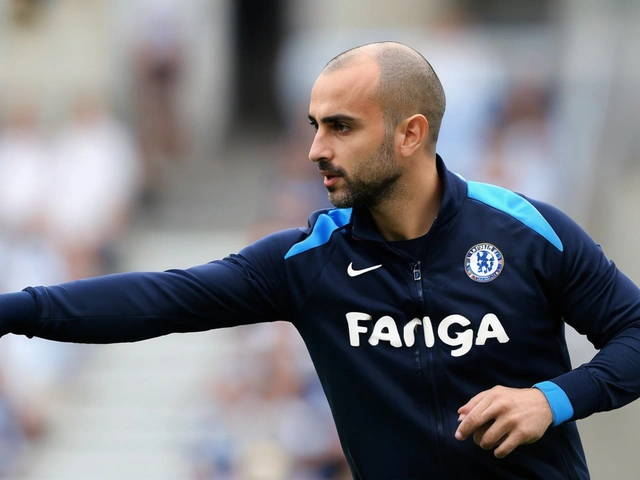Fasting Explained: What It Is, Why It Works, and How to Start
Ever wondered why so many people talk about fasting? It’s just a pattern of eating where you skip meals on purpose. No magic pills, just timing. When you give your gut a break, your body can focus on fixing cells, burning fat and keeping blood sugar steady. That’s why you’ll hear athletes, doctors and everyday folks swear by it.
Easy Ways to Try Fasting
The simplest method is called 16/8. You eat all your meals in an 8‑hour window and fast for the other 16 hours. Most people choose to skip breakfast, have lunch at noon, a snack at 3 pm and dinner by 8 pm. Another popular plan is the 5:2 approach – eat normally five days a week and cut calories to about 500‑600 on the other two days. If you want a short challenge, try a 24‑hour fast once a month, like dinner to dinner.
What to Expect When You Start
First 24‑48 hours you might feel a bit hungry or low on energy. That’s normal – your body is swapping sugar for fat as fuel. Drink plenty of water, tea or black coffee to keep the cravings down. Keep busy, and avoid places where food is the main focus. By day three most people notice clearer thinking and less belly bloat.
Don’t jump into long fasts if you haven’t tried a shorter one first. Your stomach will get used to the new schedule gradually. Start with a 12‑hour fast (like 7 pm to 7 am) for a week, then move to 14‑hour, and so on. Listening to your body is key: if you feel dizzy, nauseous or overly weak, break the fast and try again later.
Pair fasting with balanced meals. When you do eat, focus on protein, healthy fats and veggies. This keeps blood sugar steady and stops big cravings when the eating window opens. Avoid processed junk that spikes insulin – it defeats the purpose of the fast.
People often ask if fasting hurts muscle. Short fasts (under 24 hours) don’t usually cause loss, especially if you keep protein intake decent and stay active. A quick walk or light resistance work can actually help preserve muscle while you’re in a fast.
Here are three quick tips to make fasting easier:
- Plan your meals ahead of time so you’re not tempted to overeat.
- Stay hydrated – aim for at least 2 liters of water a day.
- Get enough sleep. Poor rest makes hunger feel stronger.
Fasting isn’t a one‑size‑fits‑all. If you have diabetes, are pregnant, or have a history of eating disorders, talk to a doctor before you start. For most healthy adults, a modest fast is safe and can boost energy, help with weight control and improve gut health.
Bottom line: fasting is a simple tool you can fit into daily life. Pick a method that matches your schedule, start slow, stay hydrated and eat wholesome foods when you break the fast. Give it a few weeks and you’ll see if it works for you. Ready to try your first 16/8? Set a start time, fill a water bottle, and see how your body responds.
Understanding Yom Kippur 2024: Traditions, Customs, and Significance
Yom Kippur, the most solemn holy day in the Jewish calendar, invites introspection, repentance, and prayer. This pivotal day culminates the Jewish High Holidays, inviting believers to seek forgiveness and reconcile sins. Celebrated with fasting and reflection, Yom Kippur 2024 starts on October 11 at sundown, concluding October 12, granting a time for genuine spiritual renewal.
View More





